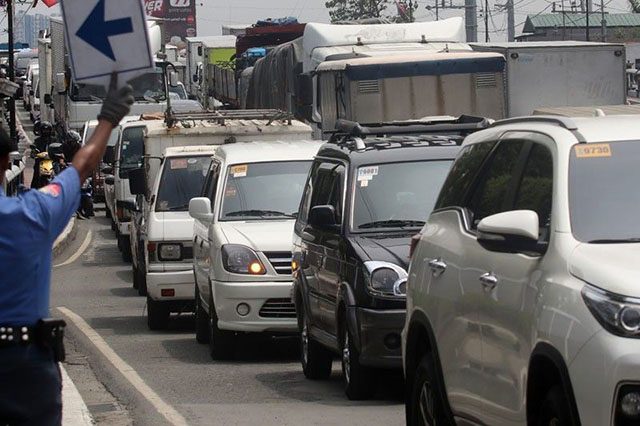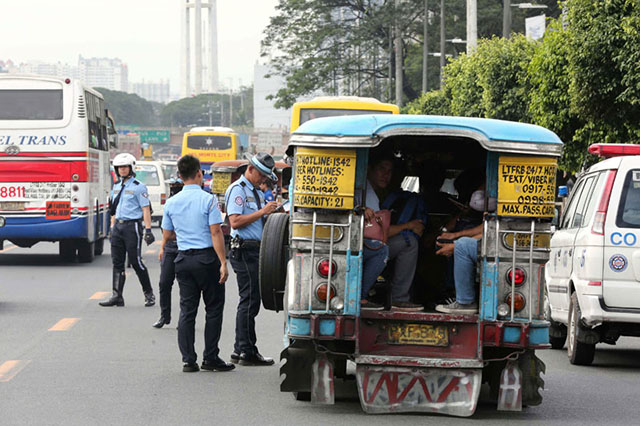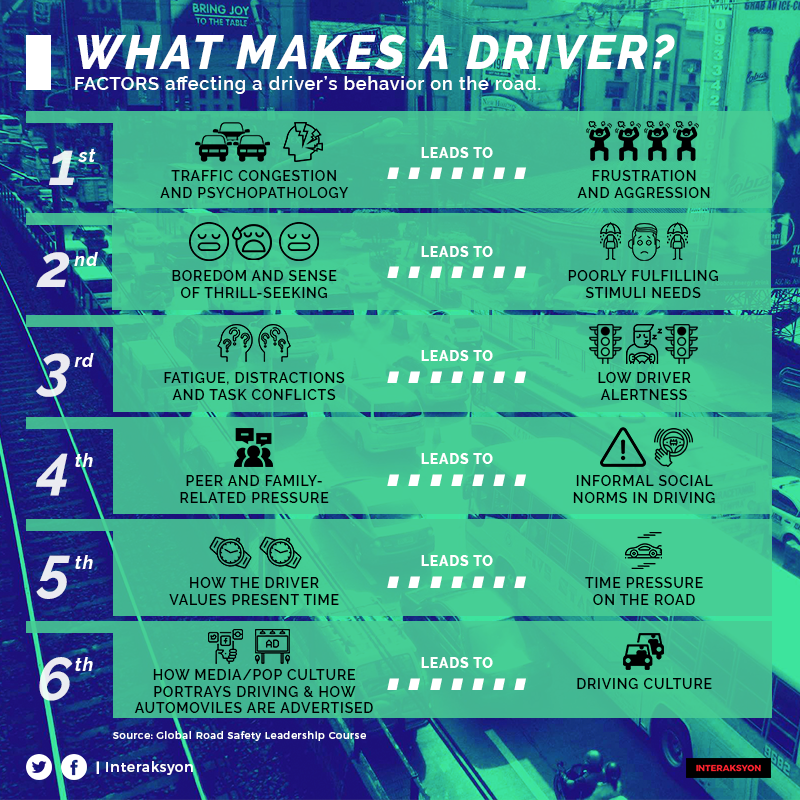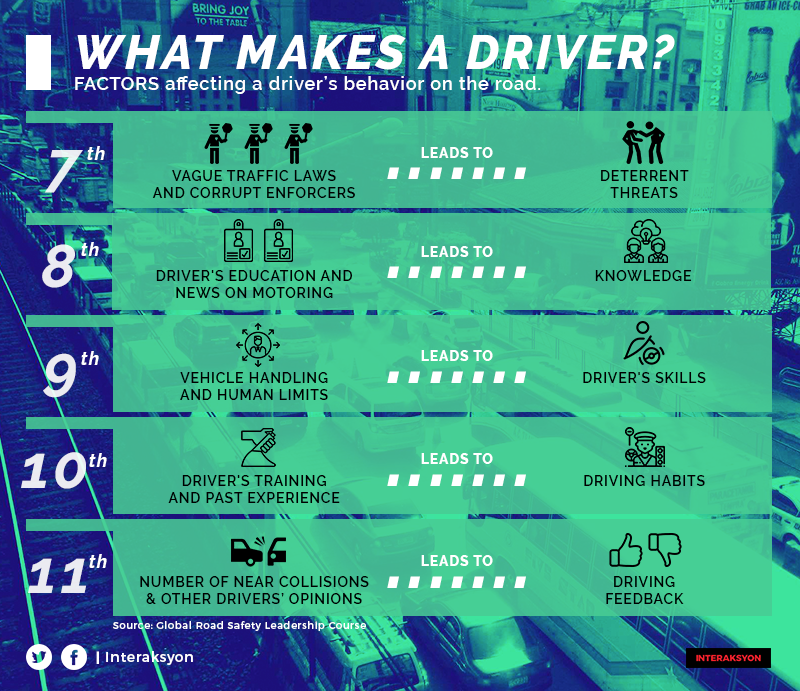
As traffic continues to pervade the metro, more and more people are getting involved in road accidents at most of the city’s major thoroughfares, prompting several advocates of road safety to discuss solutions on preventing fatalities.
According to a report by the Philippine Statistics Authority in 2017, 34 Filipinos on average lose their lives daily due to vehicular collision.
Most of them consist of motorcycle riders (63 percent), pedestrians (19 percent), four-wheeled vehicle drivers (14 percent), four-wheeled passengers (11 percent) and cyclists (two percent).
The latest report by the Metro Manila Development Authority indicates that young people suffer the most in terms of road mishaps. Those in the 18-34-years-old age bracket have been involved in casualties, with a death count of 163 and 6,182 injured.
The top accident-prone areas in the city, which all involve intersections, are further revealed in a study conducted by the Ateneo de Manila University in 2017. The ranking are as follows:
- Commonwealth Avenue, Tandang Sora Avenue — 2,700 accidents
- EDSA Magallanes — 2,538 accidents
- EDSA Ayala Avenue — 2,393 accidents
- EDSA Aurora Boulevard — 2,049 accidents
- EDSA Quezon Avenue — 2,007 accidents
- EDSA Kamuning Road — 1,788 accidents
- EDSA Shaw Boulevard — 1,740 accidents
- Mindanao Avenue, Tandang Sora Avenue — 1,657 accidents
- Quezon Avenue, G. Araneta Avenue — 1,639 accidents
- EDSA Taft Avenue — 1,542 accidents
Furthermore, the World Health Organization in 2013 cited that the Philippines loses 3 percent of its gross domestic product among low and middle-income earners because of road traffic deaths and injuries.
The numbers have prompted road safety advocates such as multi-media motoring journalist James Deakin to hold a dialogue on Sept. 20, 2018 at the 3M Philippines Customer Technical Center on road safety issues, its factors and why it matters.
Posted by 3M on Thursday, September 20, 2018
How road accidents happen
According to the Metro Manila Accident Recording and Analysis System, there are 299 road vehicular incidents that occur in Metro Manila on a daily basis on average.
Their studies from 2001 to 2016 cites human error as the top cause of road accidents. They define “human error” as the different forms of negligence and physical challenges encountered by a driver that leads to accidents.
Human error is further broken down into driver-based errors, alcohol-related errors and loss of vehicular control, among others.
Next on the list of causes are vehicle defect and road defect.

Meanwhile, a driver’s behavior on the road is caused by numerous factors, as cited by the Global Road Safety Leadership Course.


To avoid road accidents, Deakin believes that our transportation sector should focus on enhancing driver’s education, improving road infrastructures and teaching people how to keep their vehicles in tip-top condition.
He stressed that the driving profession should be taken seriously, as vehicles are supposed to be treated like it’s a “loaded gun” — capable of taking lives in a matter of seconds if not handled well or capably.
“I have an issue that (driving) is one of the lowest paid jobs. We have to send the right message by elevating the profession. It’s up to us to decide the value of life,” Deakin said.
Acquiring a driver’s license, he noted, should not be through corruption or bribery, as is the common case in the Philippines. Stricter procedures should be done to ensure that only responsible and law-abiding individuals be given the privilege to handle vehicles. — Video from 3M Philippines via Facebook; Infographics by Uela Altar-Badayos









